
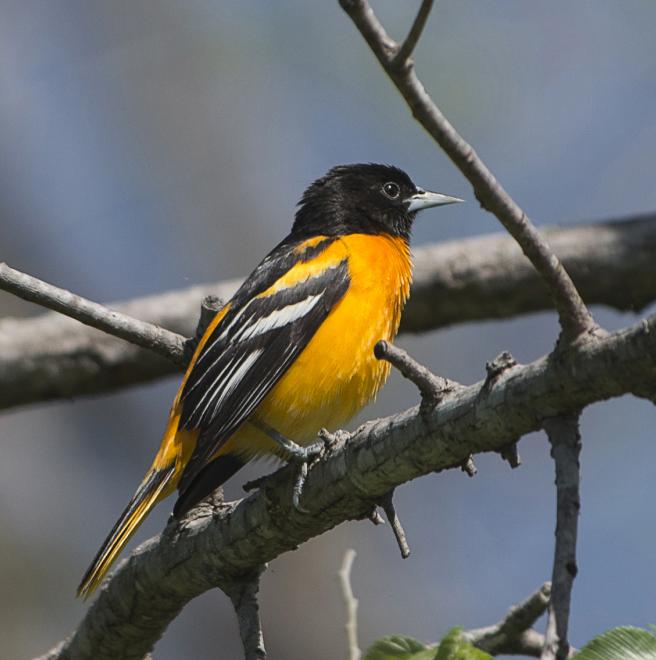
Immortalized by a baseball team and named for the colors of the second Lord Baltimore’s coat of arms, this species is a common breeder across much of eastern North America in areas with large broad-leafed trees. Cottonwoods are a particular favorite for placing its long, pendulous nest. If it can adapt to the changing climate, a substantial increase in climatically suitable area and relatively stable summer range are projected—both potentially good news for the species. However its limited North American winter range may shrink. Most Baltimore Orioles winter in the Neotropics, thus additional data from that region will strengthen Audubon's climate model predictions.
Explore more birds threatened by climate change around the country.
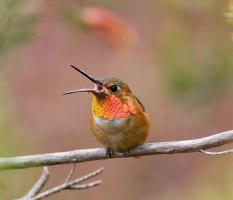
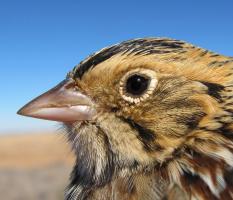
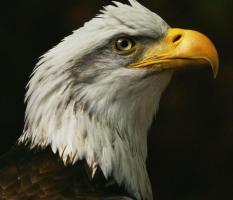
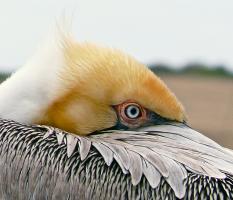

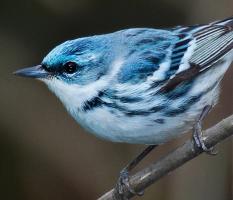
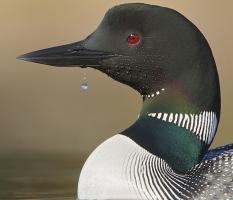
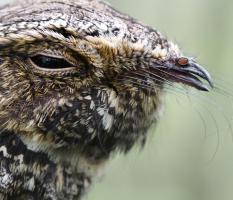





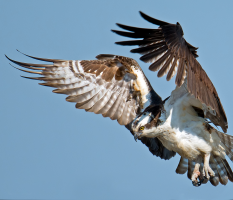
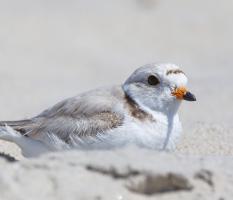

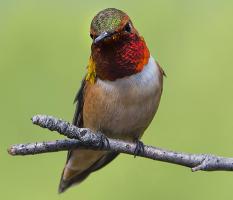

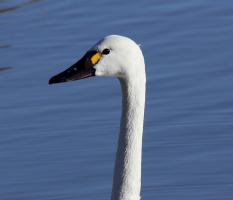
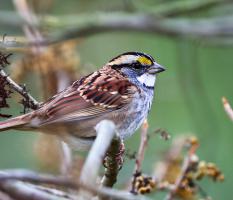

It's easier than you think to make a difference. Become an Audubon member today to help birds facing climate change.